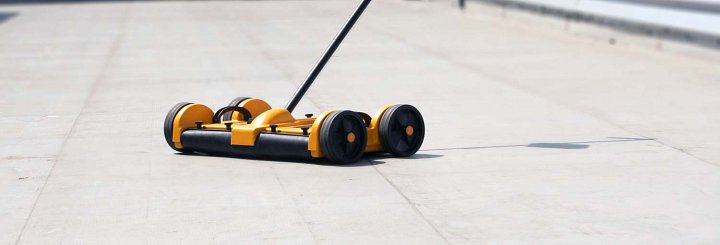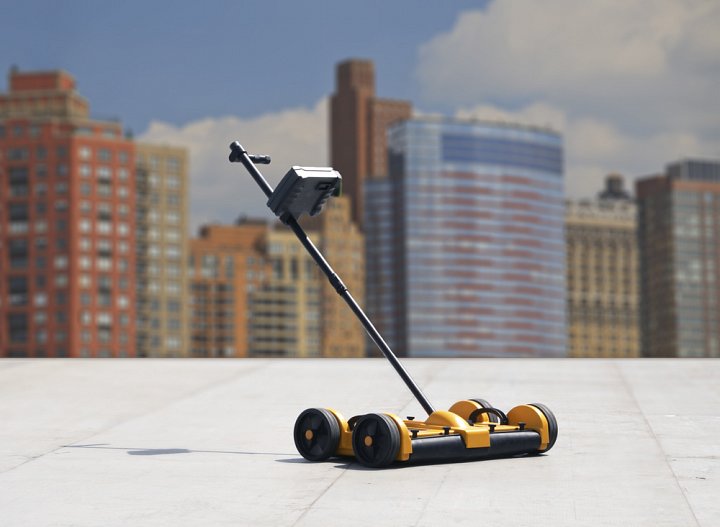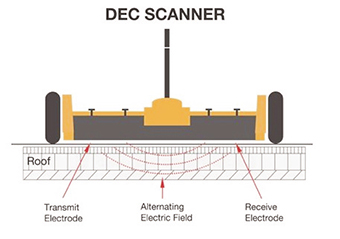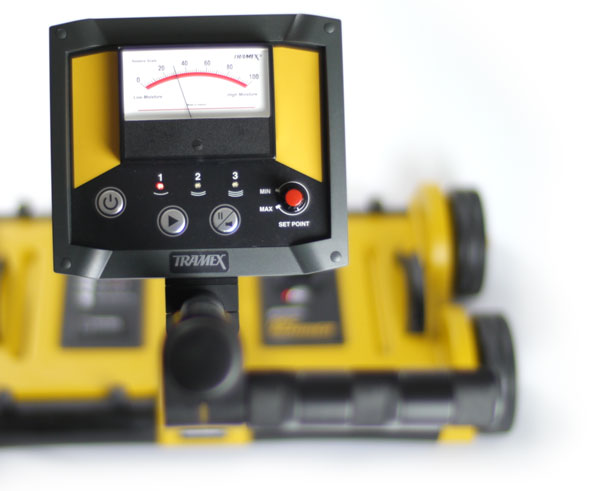Standard Practice for Moisture Surveying of Roofing and Waterproofing Systems Using Non-Destructive Electrical Impedance Scanners.
Significance and Use
5.1 Excess moisture trapped in roofing or waterproofing systems can adversely affect performance and lead to premature failure of roofing or waterproofing systems and its components. It also reduces thermal resistance, resulting in reduced energy efficiency and inflated energy costs. Impedance scans can be effective in identifying concealed and entrapped moisture within roofing or waterproofing systems.
5.2 This practice is intended to be used at various stages of the roofing and waterproofing system’s life such as: during or at completion of installation of roofing or waterproofing system to determine if there was moisture intrusion into the roofing or waterproofing system or underlying materials, at regular intervals as part of a preventative maintenance program, and to aid in condition assessment, or before replacement or repair work, or combinations thereof, to assist in determining the extent of work and replacement materials.
2. Referenced Documents (purchase separately)
ASTM Standards
C1616 Test Method for Determining the Moisture Content of Organic and Inorganic Insulation Materials by Weight
D1079 Terminology Relating to Roofing and Waterproofing
D7438 Practice for Field Calibration and Application of Hand-Held Moisture Meters
E2586 Practice for Calculating and Using Basic Statistics
F2659 Guide for Preliminary Evaluation of Comparative Moisture Condition of Concrete, Gypsum Cement and Other Floor Slabs and Screeds Using a Non-Destructive Electronic Moisture Meter




